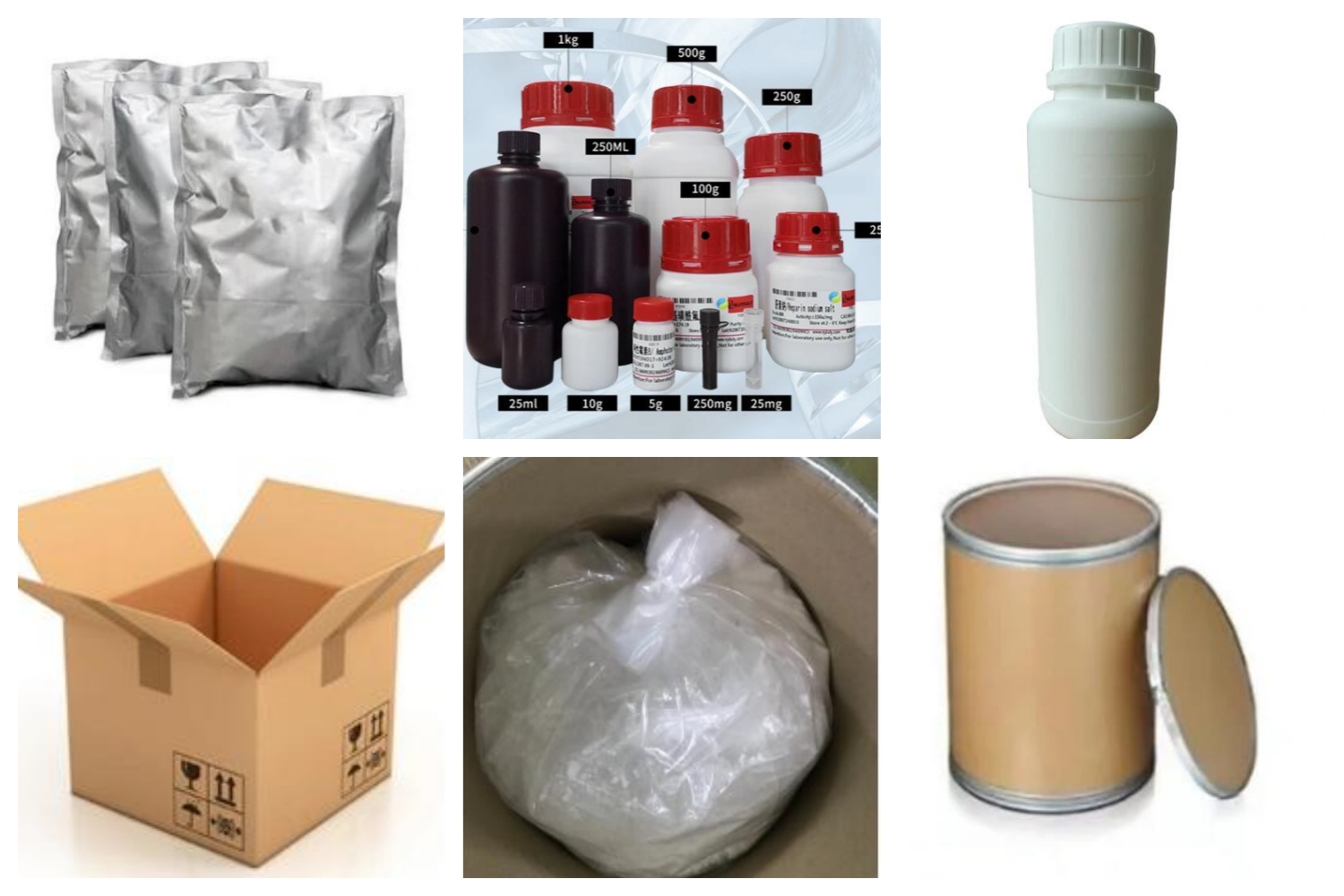Application and Effect
Cellular Metabolism: G6PD is involved in the glucose metabolism pathway, specifically the pentose phosphate pathway. It catalyzes the conversion of glucose-6-phosphate to 6-phosphogluconolactone, producing NADPH in the process. NADPH is an essential molecule for various cellular processes, including antioxidant defense, biosynthesis of fatty acids and cholesterol, and maintaining cellular redox balance. Antioxidant Defense: NADPH generated by G6PD is crucial for the production of reduced glutathione (GSH), an important antioxidant molecule. GSH protects cells from oxidative stress by neutralizing free radicals and reactive oxygen species (ROS). G6PD deficiency can compromise the availability of NADPH and decrease the efficiency of antioxidant defense, leading to increased susceptibility to oxidative damage. Hemolytic Anemia: G6PD deficiency is the most common enzyme deficiency worldwide. It predominantly affects males and can lead to hemolytic anemia, a condition characterized by the destruction of red blood cells. Certain triggers, such as infections, certain drugs (e.g., antimalarials, sulfa drugs), and certain foods (e.g., fava beans), can induce hemolysis in individuals with G6PD deficiency. The deficiency causes an inability to manage the oxidative stress generated by these triggers, resulting in red blood cell breakdown. Clinical Pharmacology: G6PD screening is important in clinical pharmacology to prevent adverse drug reactions. Some medications, such as certain antimalarials (e.g., primaquine) and antibiotics (e.g., sulfonamides), can induce hemolysis in individuals with G6PD deficiency. Prior screening for G6PD deficiency helps in identifying individuals at risk and can guide the choice of drugs or the use of alternative therapies to prevent severe hemolytic episodes.Product Packing:

Additional Information:
| Composition | N.A. |
| Assay | 99% |
| Appearance | White powder |
| CAS No. | 9001-40-5 |
| Packing | Small and bulk |
| Shelf Life | 2 years |
| Storage | Store in cool and dry area |
| Certification | ISO. |
